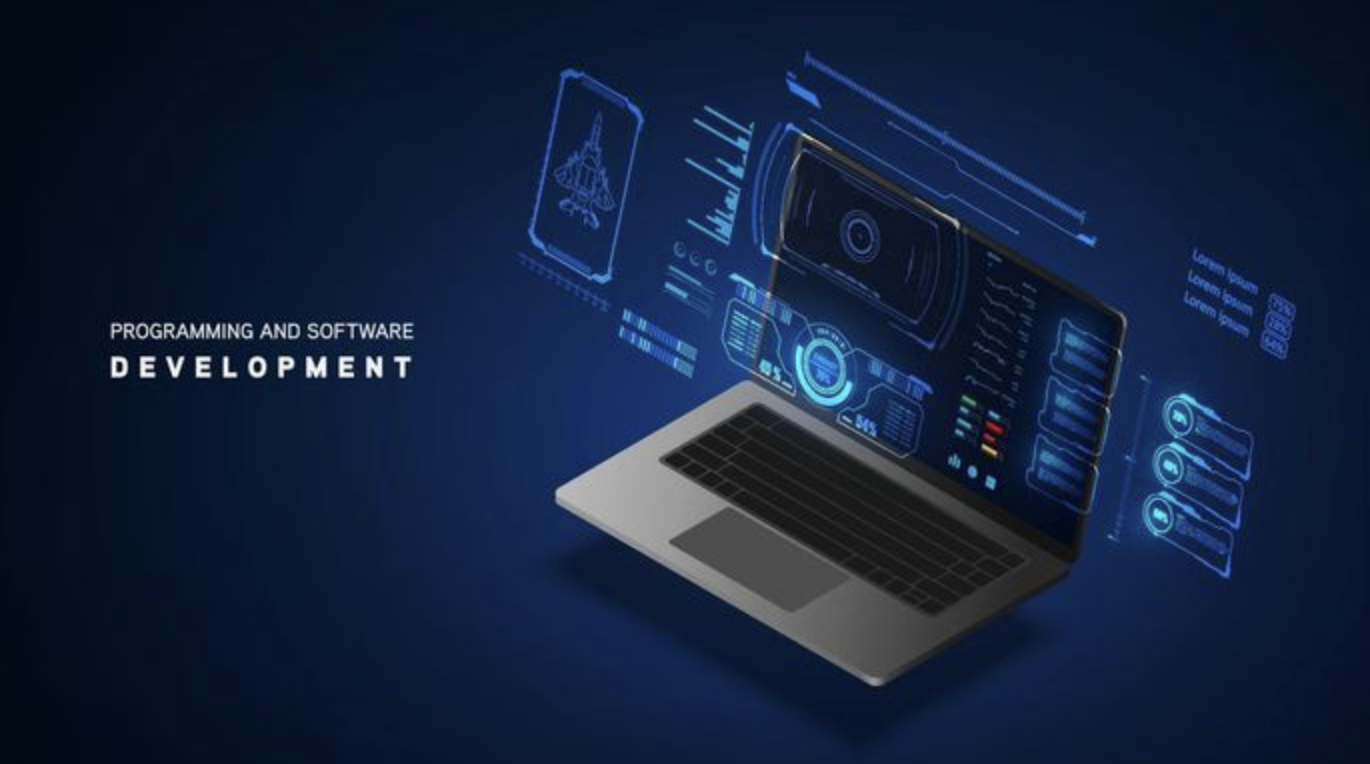Software engineering models are methods and frameworks used to design, develop, and maintain software systems. There are several different models used in software engineering, each with its own strengths and weaknesses. Here are some of the most common software engineering models:
- Waterfall Model: The Waterfall model is a linear sequential model that involves a series of stages, including requirements gathering, design, implementation, testing, and maintenance. This model is best suited for projects with well-defined and stable requirements.
- Agile Model: The Agile model is a flexible, iterative approach to software development that emphasizes collaboration, customer involvement, and adaptive planning. Agile models, such as Scrum, allow teams to quickly respond to changing requirements and feedback from stakeholders.
- Spiral Model: The Spiral model is a risk-driven approach to software development that combines elements of the Waterfall model and the Agile model. This model involves iteratively refining the software through a series of cycles, each of which focuses on a different aspect of the software development process.
- V-Model: The V-Model is a graphical representation of the software development process that maps each stage of development to its corresponding testing phase. This model is best suited for projects with strict regulatory requirements, such as those in the aerospace or medical industries.
- Prototype Model: The Prototype model involves creating a working prototype of the software early in the development process. This model allows teams to quickly test and validate the software’s functionality, gather feedback from stakeholders, and refine the design before moving on to the implementation phase.
Choosing the right software engineering model for a project depends on several factors, including the project’s requirements, constraints, and risks. Each model has its own strengths and weaknesses, and teams may need to use a combination of models to successfully deliver a software system.

